You have not yet added any article to your bookmarks!

Join 10k+ people to get notified about new posts, news and tips.
Do not worry we don't spam!
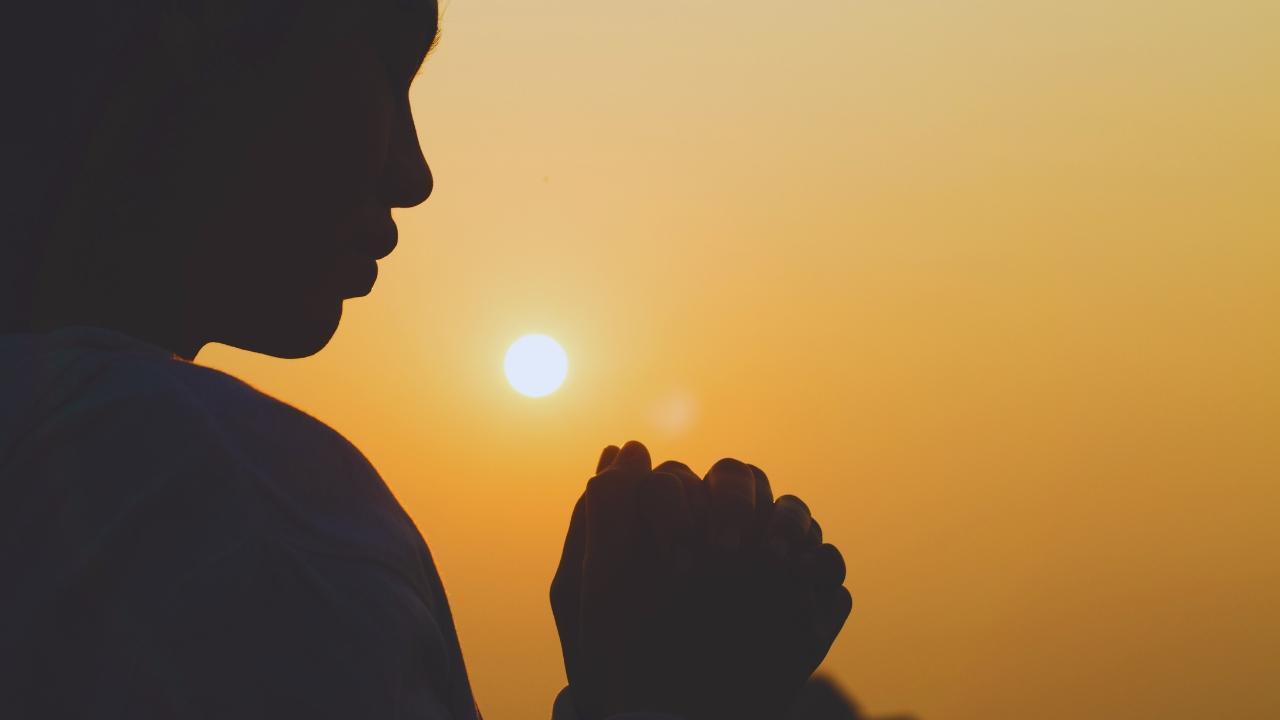
Post by : Anis Farhan
In a region as religiously diverse as Southeast Asia — where Islam, Buddhism, Christianity, Hinduism, and indigenous beliefs intermingle — the ability to live peacefully across faith lines is both a necessity and a virtue. From the mosques of Indonesia to the monasteries of Thailand, the cathedrals of the Philippines to the temples of Malaysia, the region is a microcosm of spiritual plurality. Yet, in a world increasingly polarized by sectarian conflicts and identity politics, the question arises: Can Southeast Asia sustain its fragile harmony through structured interfaith dialogue?
The answer lies not in idealism but in pragmatic initiatives — forums, grassroots movements, youth exchanges, and policy-level collaboration — all designed to ensure that religious difference becomes a source of understanding rather than division.
Unlike regions where religious homogeneity dominates, Southeast Asia lives its diversity in daily life. In countries like Malaysia and Singapore, it’s common to find a mosque, a church, and a temple within walking distance. In Thailand and Indonesia, religious holidays of multiple faiths are celebrated as public events. This coexistence isn’t always perfect, but it’s foundational to the region’s social fabric.
However, demographic shifts, rising nationalism, and online misinformation have begun to stress these interfaith balances. Isolated incidents of intolerance — sometimes inflamed by political actors — have tested trust. From attacks on minority places of worship to viral hoaxes targeting specific groups, Southeast Asia is not immune to the global currents of religious division.
This makes the work of interfaith dialogue not just valuable — but urgent.
Governments across Southeast Asia have increasingly formalized interfaith dialogue to pre-empt conflict and promote social cohesion. In Indonesia, the world’s largest Muslim-majority country, the Forum for Religious Harmony (FKUB) is a state-supported platform bringing together representatives from six recognized religions to mediate disputes and encourage understanding.
Malaysia’s Department of National Unity actively coordinates religious dialogue forums at both federal and state levels, while Singapore’s Inter-Racial and Religious Confidence Circles (IRCCs) are community-based groups that work to build trust and prepare for crisis situations. Thailand’s National Office of Buddhism has also supported regional collaboration on interfaith engagement.
While these efforts are commendable, critics point out that such dialogues sometimes remain too top-down, dominated by elite voices rather than grassroots communities. There is a growing push to make interfaith efforts more inclusive — especially of youth, women, and minority sects.
Perhaps the most promising developments are occurring at the grassroots level. In universities, community centers, and even online spaces, young Southeast Asians are organizing independent interfaith events that emphasize empathy, storytelling, and shared civic values.
In Yogyakarta, Indonesia, the Young Interfaith Peacemakers Community brings together students from Islamic, Christian, and Hindu backgrounds to discuss identity, ethics, and mutual respect. In Bangkok, Buddhist monks and Muslim clerics jointly visit schools to conduct workshops on compassion and coexistence.
Digital spaces, too, have become vital platforms for interfaith storytelling. Instagram pages and YouTube channels like “Faithfully Yours” and “Cross Belief” document conversations between people of different faiths in Malaysia and Singapore. These initiatives are not just symbolic — they actively counter misinformation, challenge prejudice, and foster community resilience.
Youth-led interfaith movements have the added advantage of flexibility. Free from institutional constraints, they are often more candid in confronting sensitive topics such as religious extremism, LGBTQ+ inclusion, or the intersection of faith and mental health.
Despite the growing momentum, interfaith dialogue in Southeast Asia still faces major challenges. In some contexts, these dialogues risk becoming ceremonial — reduced to photo-ops and general platitudes that avoid confronting difficult truths.
Power imbalances between dominant and minority faiths also complicate discussions. When one religion holds significant political or cultural power, others may feel pressured into silence rather than encouraged into dialogue. This can reinforce mistrust rather than dissolve it.
Moreover, online radicalization remains a lurking threat. Fringe religious narratives — whether ultra-conservative or hyper-nationalist — often gain traction in unregulated digital spaces. Without critical media literacy and cross-faith collaboration, these narratives can undo years of bridge-building.
To move beyond symbolism, interfaith dialogue must become part of civic education. Schools should offer space for comparative religion, ethical reasoning, and values-based citizenship — without promoting one belief system over another. Programs that bring students of different faiths together for community projects have proven especially effective.
Media also plays a pivotal role. News outlets, films, podcasts, and influencers shape perceptions of religious “others.” Responsible coverage, pluralistic storytelling, and highlighting positive interfaith models can counterbalance sensationalist or divisive narratives.
Governments must walk a fine line — ensuring freedom of religion while preventing hate speech and discrimination. That means not just enacting laws but supporting media, civil society, and religious leaders committed to unity.
At its core, successful interfaith dialogue is not about agreement — it’s about understanding. It requires humility, courage, and the willingness to sit in discomfort. Southeast Asia’s religious diversity presents a unique opportunity to model a “shared moral vocabulary” — one where different faiths contribute to collective values such as compassion, justice, dignity, and peace.
Interfaith efforts cannot prevent every conflict. But they can ensure that when tensions arise, there is a foundation of trust to return to. In that sense, dialogue is not a luxury — it is a necessity for pluralistic societies.
If Southeast Asia continues to invest in meaningful interfaith engagement — at every level from policy to the personal — it may not only protect its own harmony but offer a blueprint for the world.
This article is for informational and editorial purposes only. It does not represent the official stance of any religious institution or government. Readers are advised to consult local interfaith councils or civil society groups for guidance on regional initiatives.





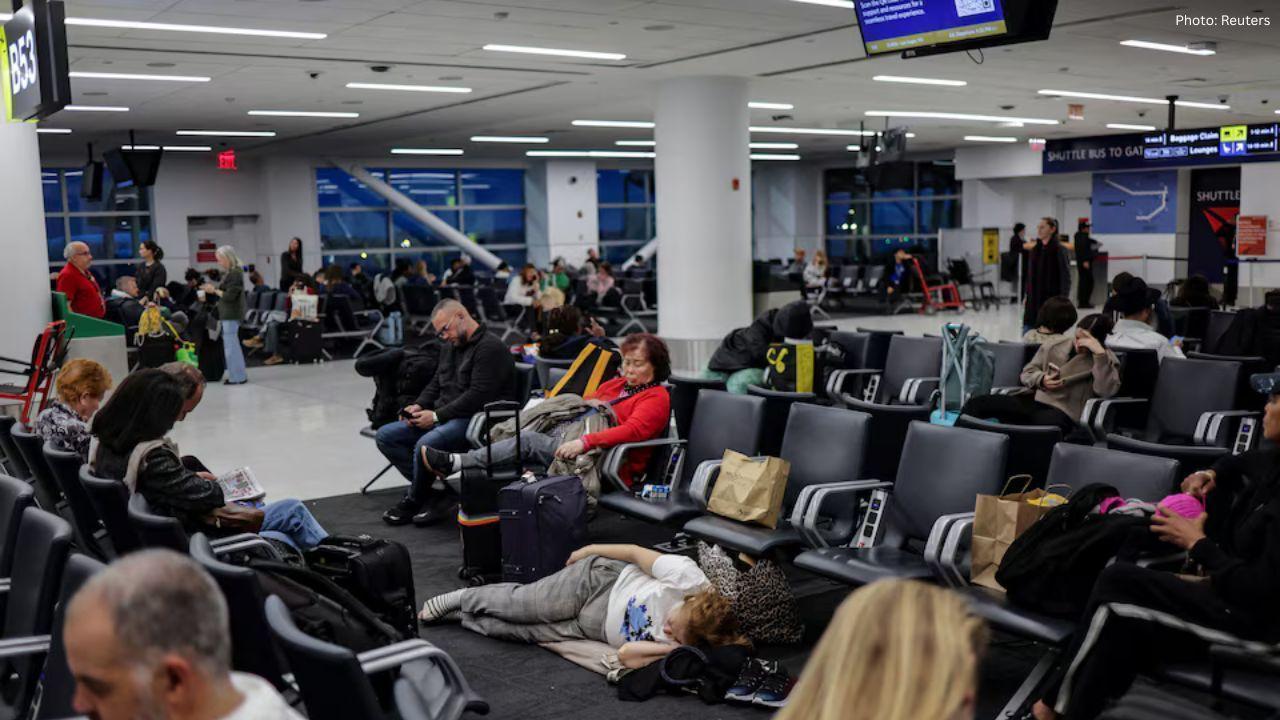
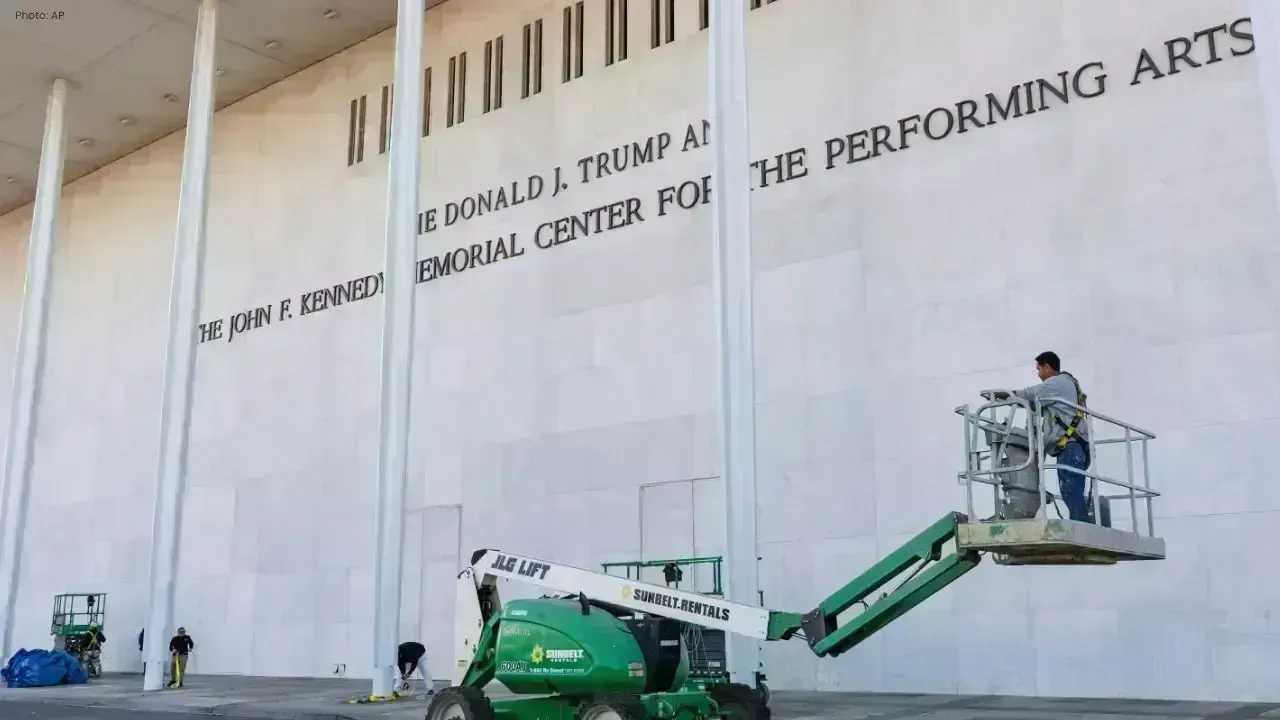
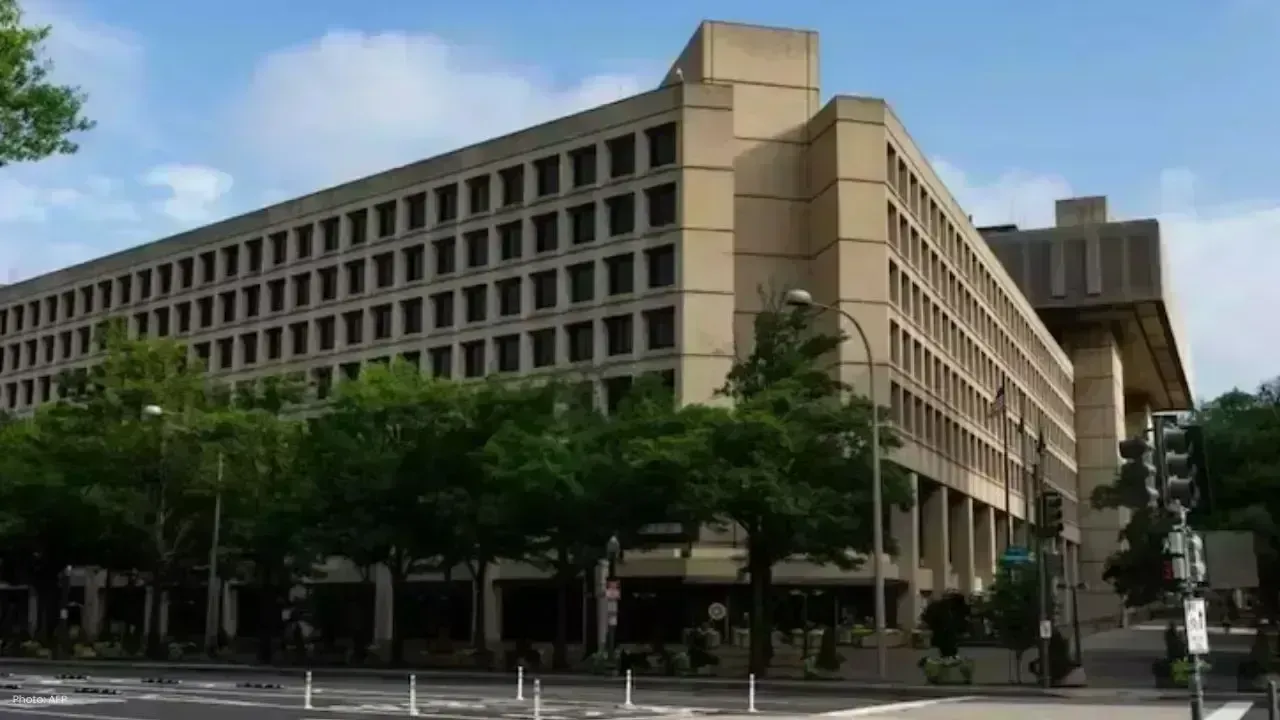
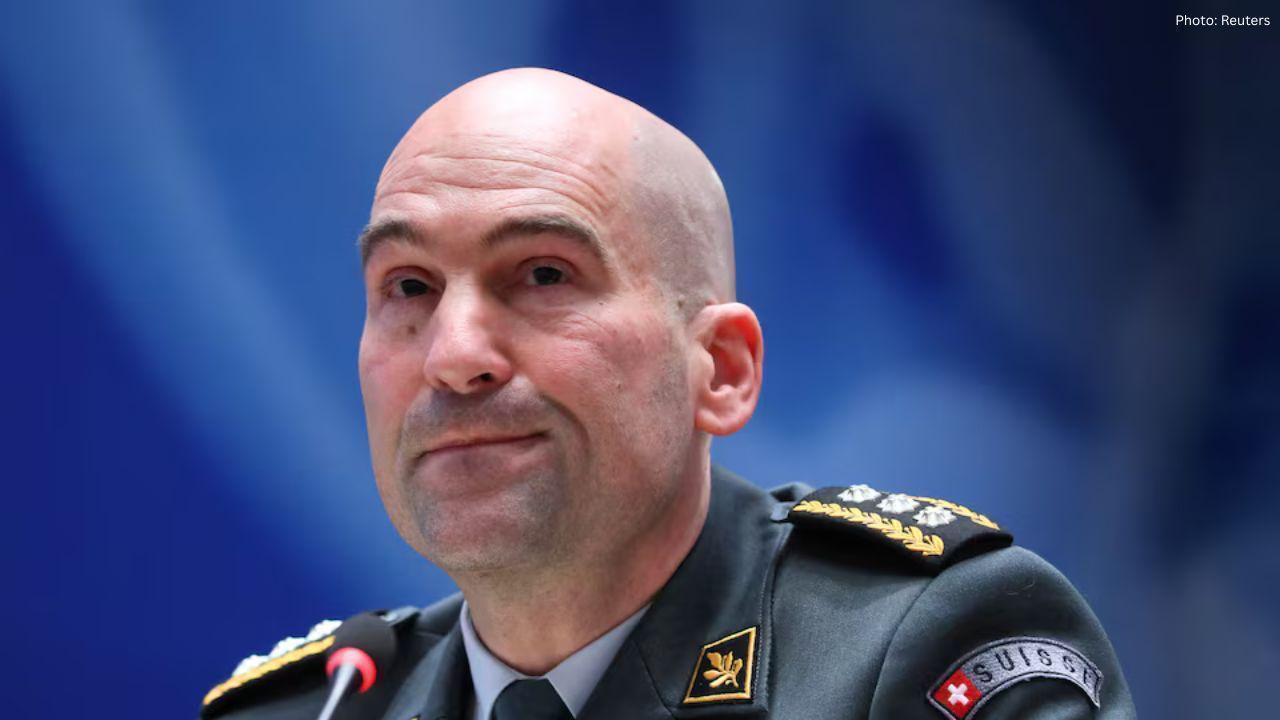

Akshaye Khanna exits Drishyam 3; Jaideep Ahlawat steps in fast
Producer confirms Jaideep Ahlawat replaces Akshaye Khanna in Drishyam 3 after actor’s sudden exit ov

Kapil Sharma’s Kis Kisko Pyaar Karoon 2 to Re-release in January 2026
After limited screens affected its run, Kapil Sharma’s comedy film Kis Kisko Pyaar Karoon 2 will ret

Hrithik Roshan and Saba Azad Celebrate Christmas at Family Party
Hrithik Roshan and Saba Azad celebrated Christmas at Sussanne Khan’s party, sharing happy moments wi

China Sanctions 20 US Defense Firms Over Taiwan Arms Sales Dispute
China imposes sanctions on 20 US defense companies and 10 executives for supplying arms to Taiwan, e

Salman Khan’s Grand 60th Birthday Bash at Panvel Farmhouse Shines Bright
Salman Khan celebrates his 60th birthday with a grand party at Panvel farmhouse, sharing joyful mome

Thailand Defence Minister Joins Talks to End Deadly Border Clash
Thailand’s defence chief will join talks with Cambodia as border clashes stretch into a third week,